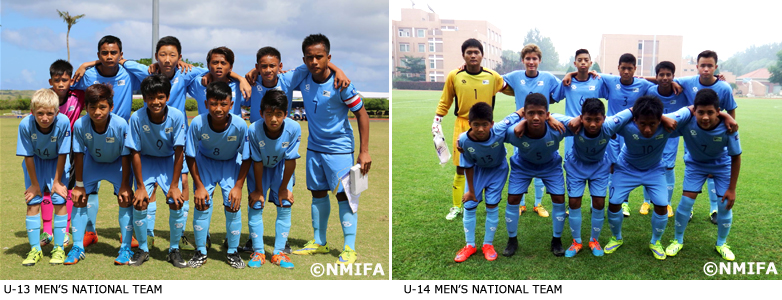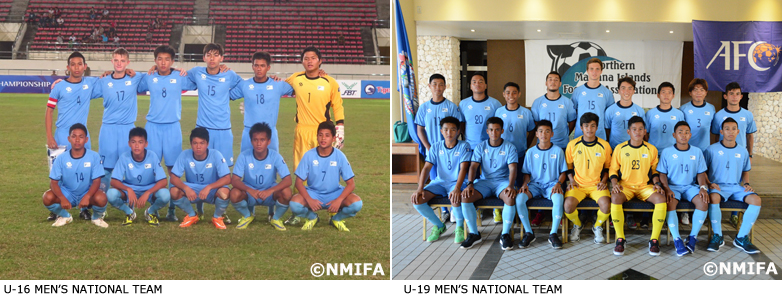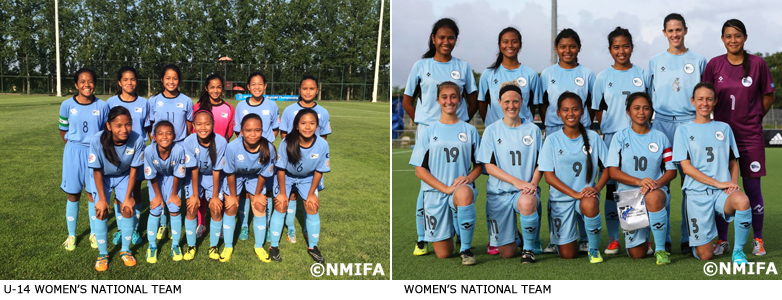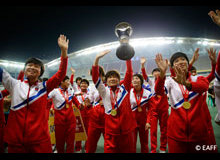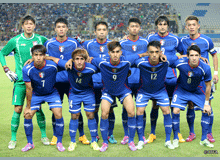It should come as little surprise that any story about the Northern Mariana Islands Football Association (NMIFA) inevitably arrives at the island nation’s historic first-ever international win against Macau on July 23, 2014.
The 2-1 victory in preliminary qualifying for the 2015 EAFF East Asian Cup was a significant milestone for a football association that had existed for less than a decade. But the goals of the NMIFA, the EAFF’s youngest member following their 2005 founding, go far beyond that result.
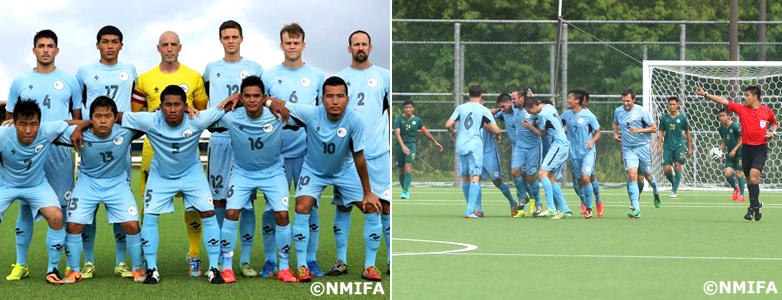
“The Macau win was very special, but that happiness was very short lived,” FA president Jerry Tan says. “What gets me going every day isn’t about that victory, It’s about getting people on the island interested in the world’s number one sport.”
Following the 2002 World Cup, Tan was the Guam-based businessman and was encouraged by close friend and Guam FA president Richard Lai to develop football in the island territory, which boasts a population of just over 52,000 people over 183 square miles. With television broadcasts in the U.S. commonwealth dominated by American sports, proponents of the beautiful game need both passion as well as patience.
“They’re so in love with baseball and American football and basketball,” Tan explains. “It’s hard to have a conversation with the kids and say, “try this sport” when they don’t see it on TV.
“We still don’t have a lot of football on TV, but what we have is the internet. Kids who are interested can watch online, and once they learn about the sport and try it, I know they will be interested in playing.”
The NMIFA’s youth-oriented movement has seen football grow in popularity on school campuses. While a lack of licensed coaches on the island of Saipan is one of the many challenges the country faces in developing its program, football’s year-round scheduling and opportunities abroad are significant draws compared to baseball, which is played seasonally.
“P.E. teachers used to simply accommodate us, now they are expressing interest,” Tan says.
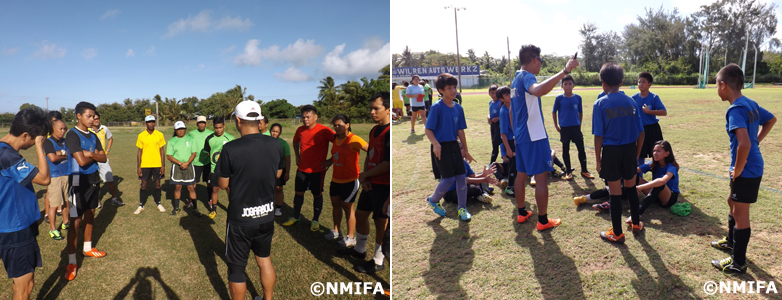
“Whenever we conduct coaching clinics, they want us to come back. We’ve explained the possibilities for certification so they can be certified coaches, and that will help us in our next phase of development.
“In 2014 we sent out six national teams, which no other Northern Mariana sport can claim. For kids living on a small island, a chance to travel to Beijing, Thailand, Laos… that’s great exposure for the kids. For some it’s their first time riding an airplane.”
Perhaps the most impressive part of the NMIFA’s progress is that it has come without the largesse of FIFA, whose Goal Programme has benefitted other smaller Asian nations such as Guam by providing funding for pitches, training facilities, and other required infrastructure.
With the backing of allies such as the Japan Football Association, who have dispatched staff to the island including current national team coach Kiyoshi Sekiguchi, Tan believes that his FA can rightfully become the 210th member of the world’s governing football body.
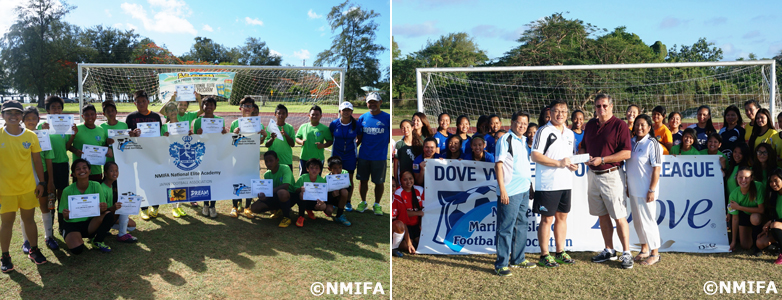
“Looking at what we have done over the last 10 years and looking at our continuing program, I feel based on what I know and how we’re achieving that we deserve to be a member of FIFA,” he says. “We all know what FIFA are going through, so I have to be patient and have a conversation at the right time with new leadership. Hopefully they will be fair, objective, and interested in what we’re doing.”
Amongst his long-term aims are the mobilisation of half the commonwealth’s student population, who number around 11,000 between first and twelfth grades. Successful achievement of this goal would see an additional 2,000 youths playing football, building a stronger base for a country that in one decade has fielded international teams at several under-age levels.
Tan is particularly proud of his women’s program, a project he committed to early on after establishing the FA.
“There are limited sport programs for our girls and women on the island,” he explains. “They’re mostly geared towards the boys and men, especially team sports.
“Our early national teams were mostly American teachers in their 30. They were the backbone of our teams because they’ve made Saipan their home or worked there for a number of years. But since around four years ago, we’ve finally started to see younger faces.
“In 2009, our women’s players were telling us that they couldn't handle it at their age. I talked to one of the girls and said, ‘can you get a bunch of basketball players who are athletic and get them interested?’ We took them to the basketball court and played futsal at night. The following year we were scheduled to take part in the EAFF Women’s Championship preliminary round in Guam. Whether they were ready or not, they’d play.
“Today, if you look at our women’s team, they are all very young - 15, 16, 17. More girls are playing now; this is part of the growth. We have become the biggest girl’s team sport on the island by far.”
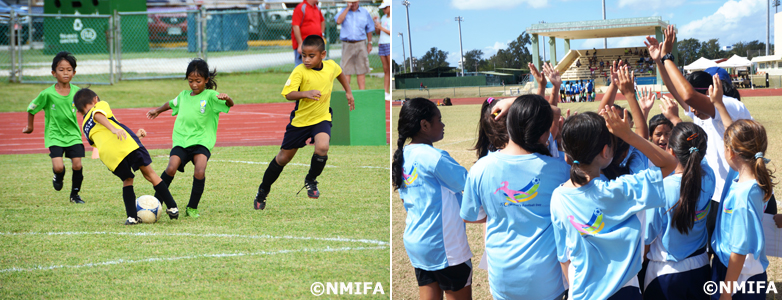
A passionate defender of football, Tan remains committed to developing local grassroots community over the long term, with plans in place to build the island's’ first artificial pitch in 2016.
“I’ve loved football my entire life,” he reflects. “In fact I’m still playing at least once or twice a week. Knowing football can really make a difference in people’s lives, give people opportunities, especially our youth. Keeping the kids healthy, keeping them away from drugs. That brings me happiness.”
